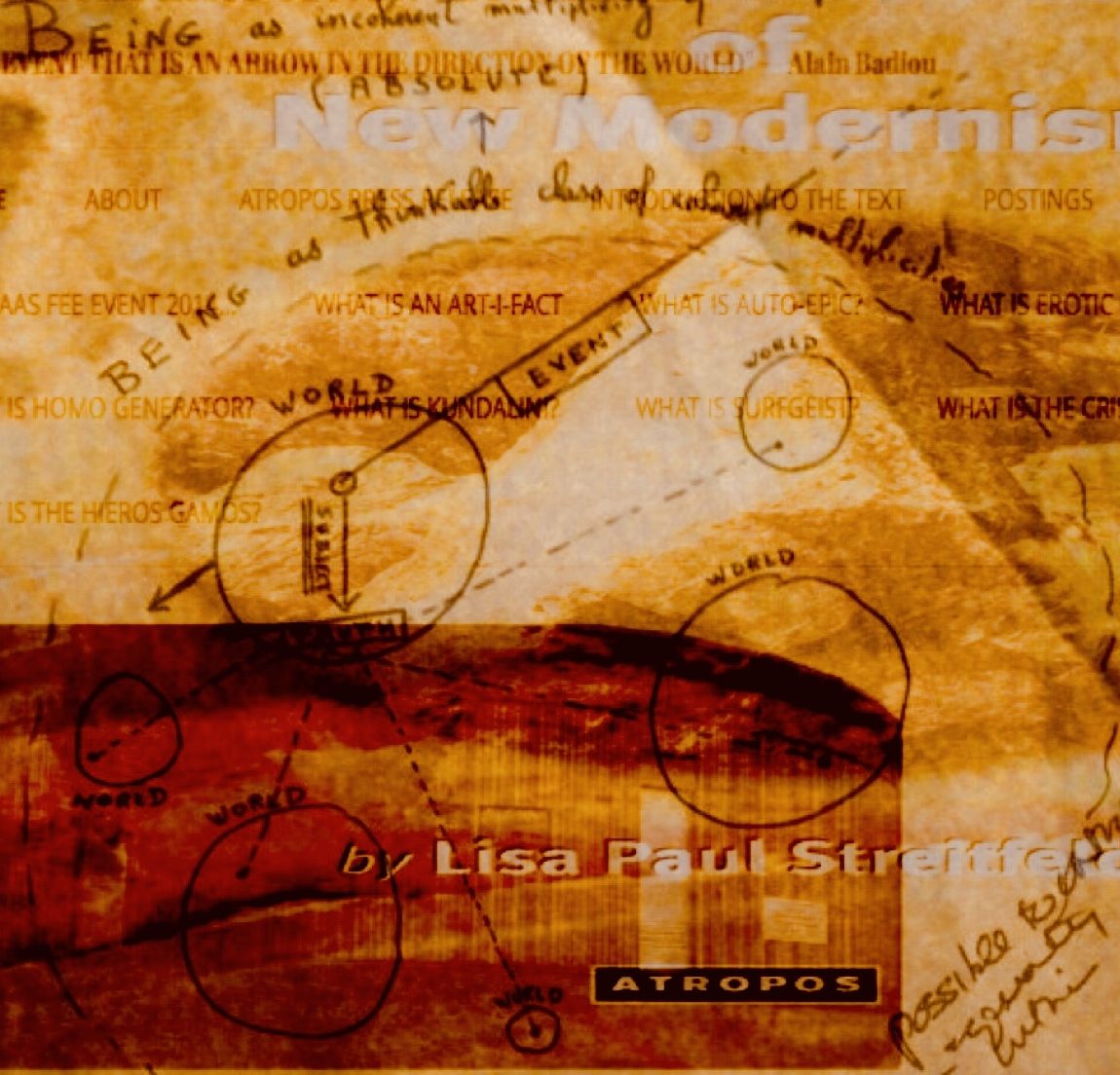It is rare, anywhere in the world, to experience the delight of an art exhibition so fully integrated into the environment that the visitor is confounded as to distinguish art from artefact, and architectural decay from nature.

Playing on such uncertainty transforming observer into participant is the sheer brilliance of “289”, a multimedia exhibition of 80 artists organised by the invited guest curator, Pedro Cabrita Reis, at the home of the local artists’ collective on the outskirts of Faro.

“289” is the area code for Faro, the capitol of the Algarve, the southernmost region of Portugal. This is not a limiting title but an inclusive gesture, because Cabrita Reis brilliantly integrates the art of the locals with better known Lisbon artists to create a national dialogue.
The image text hanging from the balconies like tapestries references the elitism of this former headquarters of the commandos who attempted to preserve Portugal’s colonial empire while the entrance is marked by a pair of clocks…

The visitor transforms into participant by virtue of the duality of time: Cronus, chronological time, eradicated by the removal from the clocks of all but the seconds hands, and the cyclical time of Kairos. The paradigm leap into the cycle of life/death/rebirth is provided by other clues outside the entrance: a poster size takeaway manifesto and the curator’s signature offering…

“289” adds up to one….The Red Hour.
One indicates new beginnings. The pitchfork apparatus renews the role of curator — to serve as the contemporary reaching beyond the light of the present to access ancient wisdom. This makes “289”, guest-curated by the Portuguese art star, a snapshot of his nation’s offering to the global art scene during the crucial summer of 2018.
“Memórias do Barrocal” by Vasco Marum Nascimento: a Portuguese pagan ritual offering.
Foremost is magic that renders process inexplicable: how did the curator manage to find works to superbly fit the nooks and crannies of this colonial estate? Or were works made for the spaces, indicating the exhibition as a unique exercise in collaboration?

Next is the archeology indicated by strategically placed clues indicating death. Outside is an inert figure in the garden and a kind of incinerator. Inside there is Ana Rostron’s installation of broken tombstones…

…strategically placed between Paulo Serra’s “Auto-retrato” (self-portrait) as death mask opposite Pedro Barateiros’ black mask…

…a personal/universal narrative of death leading to the skull in the final gallery…

This opposes Maria José Oliveira’s uncanny “The Adventurer”, a three part image/text installation reviving the signifier of the fisherman integral to the Portuguese economy.

Tania Simões’ sensual photo of a female body in nature in a light box titled “Sacred Sex” leads the eye to the next gallery where Rui Toscano’s ancient artefact of a drummer is mirrored in a light box.
In another corner, a key work by a local street artist GAT.UNO is also the most political. It is a crude table with a place setting with a candle at the center.

“Prato do Dia (Plate of the Day)” sums up the plight of Portugal being integrated into the E.U and the Euro: the plate of the day at a local cost attracting tourists raising prices beyond what locals can afford.

Paradoxically, Portugal is a nation once-removed from the international art world, yet with a unique geography — on the edge of Europe and gateway to Africa and the Americas— that makes it a crucial contemporary multicultural mecca between three continents. The feeling of being an explorer into a unique world of the archaic may be a rare delight for an art exhibition, yet it is a typical adventure for the traveler in Portugal.

The inherent talent of the Portuguese artist to transfer an indigenous fisherman economy into an art practice of inner penetration into the archetypes is what makes “289”, with its peering simultaneously into the past and future through the Kairos leap of present, a valuable international marker indicating the timing of a new modernism.

One thought on ““289” is the Dial Code of a New Modernism”